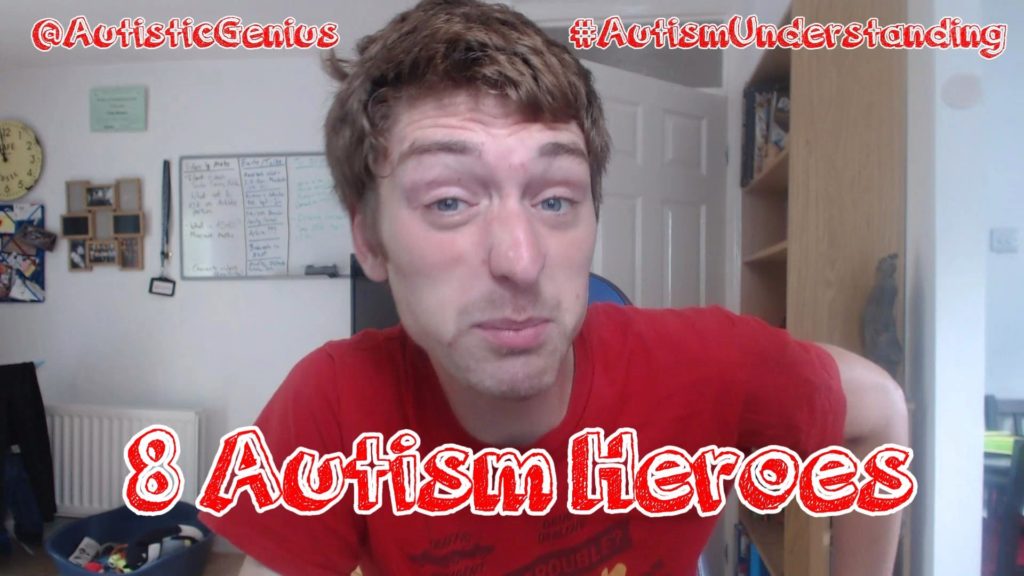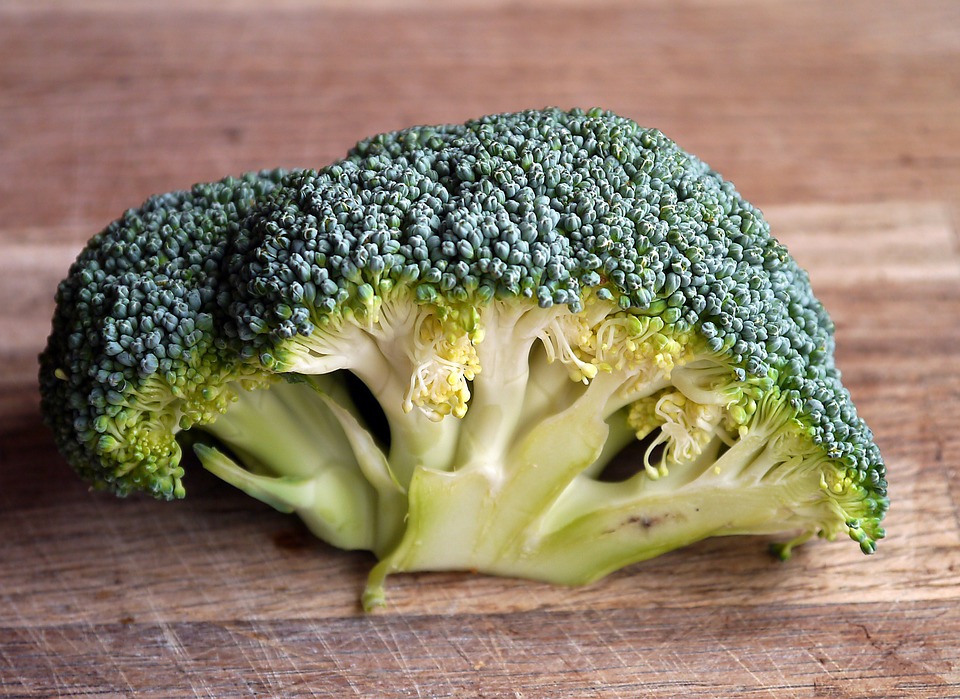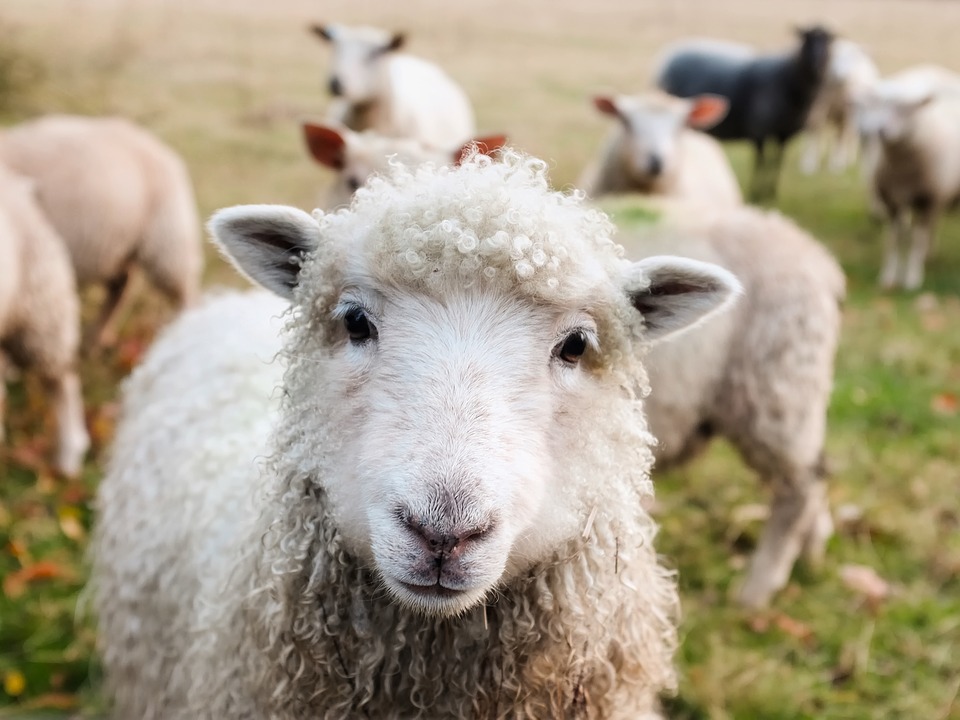Autism heroes – 8 famous people who are on the Autism Spectrum
autism
Family of autistic teen files 5 million dollar claim against Buckeye police! Are they right to do so?
A Valley family has filed a multimillion-dollar claim against the City of Buckeye after an officer mistook a 14-year-old boy with autism for a drug user.
Do we need more training for police officers? Have your say here
Could broccoli help with some of the signs of autism? Have you read this research? What do you think of this as an autism therapy?
Broccoli could ‘hold the key’ for treating autism
“Broccoli chemical may improve autism symptoms,”
The Daily Telegraph reports. A small study suggests sulforaphane, a chemical that gives broccoli its distinctive taste, may help improve some of the symptoms of autism .
The study found the symptoms of ASD improved in two-thirds of adolescent and young men who took a sulforaphane supplement.
In the randomised controlled trial, 26 men with moderate to severe ASD took sulforaphane, and nine took a placebo, for 18 weeks.
Improvements were seen in the majority of people taking sulforaphane in terms of irritability, lethargy, stereotypy, hyperactivity, awareness, communication, motivation and mannerisms.
The study was limited by the small number of participants, and the results may not be generalisable to all people with ASD, as it was conducted on a group of young white males.
Still, the results are both intriguing and encouraging, as there is currently no effective drug-based treatment for improving ASD symptoms.
Larger studies on more diverse groups of people will be required to assess the benefits and potential side effects of sulforaphane, which could be recommended for people with ASD.
Where did the story come from?
The study was carried out by researchers from the Massachusetts General Hospital for Children, the University of Massachusetts and The John Hopkins University School of Medicine.
It was funded by the Nancy Lurie Marks Family Foundation, the Hussman Foundation, the Lewis B and Dorothy Cullman Foundation, the Agnes Gund Foundation, the N of One Foundation and the Brassica Foundation for Chemoprotection Research.
Three of the authors are listed as inventors on a Johns Hopkins University US patent application, with two of these authors having renounced any potential financial benefits from these patents.
The use of broccoli sprouts and seeds has been licensed to a company called Brassica Protection Products LLC, and the son of one of the authors is the company’s chief executive officer. These potential conflicts of interest were made clear in the study.
The study was published in the peer-reviewed medical journal Proceedings of the National Academy of Sciences of the United States of America (PNAS). It has been published on an open access basis, so is free to read online.
The UK media generally reported the story accurately and pointed out the small number of participants, which limited the study.
What kind of research was this?
This was a double-blind randomised controlled trial looking at the effects of the chemical sulforaphane on symptoms of ASD. Sulforaphane is found in broccoli, Brussels sprouts, cauliflower and cabbage.
It is believed to increase the activity of genes that help cells protect themselves from damage caused by inflammation, oxidative stress or radiation.
The researchers say some of these biochemical problems are found in people with ASD, which is why they wanted to test the effect of this chemical. Sulforphane is also being evaluated for a number of other conditions.
As it was a randomised controlled trial, it has the potential to prove cause and effect, as all other confounders should be balanced between the groups.
However, randomisation may be less effective if there are only a small number of participants, as was the case in this study, as it is more likely that any results have been influenced by chance.
The researchers reported that the groups were well matched for the characteristics they assessed, but there may be unmeasured characteristics that differed. Small studies such as this tend to be carried out to get an idea of whether something looks promising, and then more people can be recruited for larger-scale studies.
What did the research involve?
The researchers recruited 44 males aged 13 to 27 diagnosed with moderate to severe ASD. They were randomly assigned to take either sulforaphane or placebo by mouth for 18 weeks.
As this was a double-blind study, neither the doctors nor the participants knew which drug they were taking.
The dose of sulforaphane was 50 to 150 micromoles per day, depending on the participants’ body weight. The sulforphane in this study was extracted from broccoli sprouts.
It was unclear exactly how many vegetables you would have to eat to achieve the same dose of sulphorphane used in this study.
Behaviour was assessed before the treatment, at weeks 4, 10 and 18 during the treatment, and 4 weeks after the treatment had finished.
Parents or caregivers rated the participants’ behaviour using standard scales called the Aberrant Behaviour Checklist (ABC) and the Social Responsiveness Scale (SRS), while the doctors completed the Clinical Global Impression Improvement (CGI-I) scale.
What were the basic results?
On average, the 26 people taking sulforaphane showed statistically significant improvement at weeks 4, 10 and 18, compared with 14 people taking placebo for:
irritability, lethargy, stereotypy (repetitive movements) and hyperactivity according to the ABC scale
awareness, communication, motivation and mannerism according to the SRS scale
At 18 weeks, there was “much” or “very much” improvement in the CGI-I scale scores for:
social interaction in 12 people (46%) on sulforaphane compared with none (0%) taking placebo
aberrant behaviour in 14 people (54%) on sulforaphane compared with 1 person (9%) on placebo
verbal communication in 11 people (42%) on sulforaphane compared with none (0%) taking placebo
The improvements were no longer present when participants had stopped taking the sulforaphane.
Four people did not attend the first follow-up visit: this comprised three who had been allocated to take sulforaphane and one who had been given the placebo.
People taking sulforaphane gained an average of 4.31 pounds over the 18-week period, compared with 0.31 pounds in the placebo group.
One participant on sulforaphane had a seizure after taking it for three weeks, with no previous history of seizures. Another participant had a history of epilepsy and was taking medication, but he had a seizure three weeks after stopping sulforaphane.
How did the researchers interpret the results?
The researchers concluded that daily sulforaphane caused “substantial” improvements in behaviour, social interaction and verbal communication.
They recognise the effects were not seen in all participants taking sulforaphane, and acknowledge that further larger multi-centre studies need to be conducted to obtain conclusive results.
Conclusion
This randomised controlled study has found sulforaphane – a chemical found in broccoli, Brussels sprouts, cabbage and cauliflower – may have beneficial effects for some people with ASD.
The study did not test the effect of eating these vegetables themselves – instead, it tested an extract made from broccoli sprouts. It was unclear exactly how many vegetables you would have to eat to achieve the same dose of sulforaphane used in this study.
The main limitation of the study was the small number of selected participants. All participants were male, aged between 13 and 27, predominantly white and had moderate to severe ASD. Therefore, it is unclear whether a similar effect would be seen in people with higher-functioning autistic symptoms, such as Asperger’s syndrome.
In addition, 80% of them were reported to have symptom improvement when they had a fever; this is usually seen in 35% of people with ASD. This means the results may not be generalisable to all people with ASD.
Larger studies on more diverse groups of people will be required to further evaluate the positive effects and potential side effects of sulforaphane before it could be recommended for more widespread use in people with ASD.
Broccoli is a healthy food option as it contains a wide range of vitamins and nutrients (though claims it is a superfood are arguably overhyped), so encouraging your child to eat it certainly won’t do any harm.
However, as autism expert Dr Rosa Hoekstra says in the Mail Online: “As things stand, parents of a child with autism should not feel guilty if their child refuses to eat broccoli.”
Exposure to sheep could trigger multiple sclerosis, study suggests
Exposure to a toxin primarily found in sheep could be linked to the development of multiple sclerosis, a new study suggests.
More than 100,000 people in Britain have been diagnosed with MS, which occurs when the immune system attacks the protective coating surrounding nerve cells in the brain and spinal cord.
The condition leads to inflammation, pain, disability and in severe cases, early death, but experts still do not know the underlying cause.
Now researchers at the University of Exeter have discovered that nearly half of the MS sufferers that they studied had been infected at some time in their lives by epsilon toxin.
Read the full article here
Teacher fired after mocking autistic student in new recording – get ready to get very angry
Autism and education
UPDATE: Hope Academy says a second teacher has now been fired following the Investigative Unit’s report. See the latest info here: http://www.wbrz.com/news/educators-fired-after-mocking-autistic-student-in-audio-recording/
BATON ROUGE- A Hope Academy school employee was fired and another will be terminated when school lets out for the summer after an audio recording captured them saying inappropriate things about a special needs student.
The child’s mother, Milissa Davis, captured the discussion after formulating a plan to place a recording device in her son’s book sack after he became aggressive and wet the bed. The child is 12 years old and severely autistic.
Davis, who spoke with WBRZ and shared the recording Tuesday, said she was alarmed at what she discovered.
“I just wanted to cry, scream and do everything I could because it was so bad,” Davis said. “To think that I had sent my son there every day, and what had happened before, that I didn’t know about.”
For a full report and audio go here.




